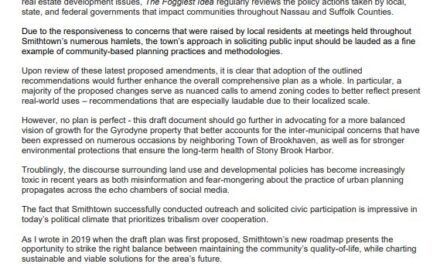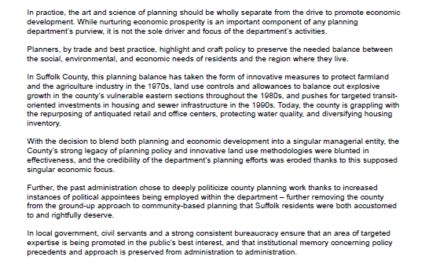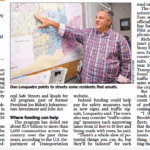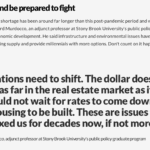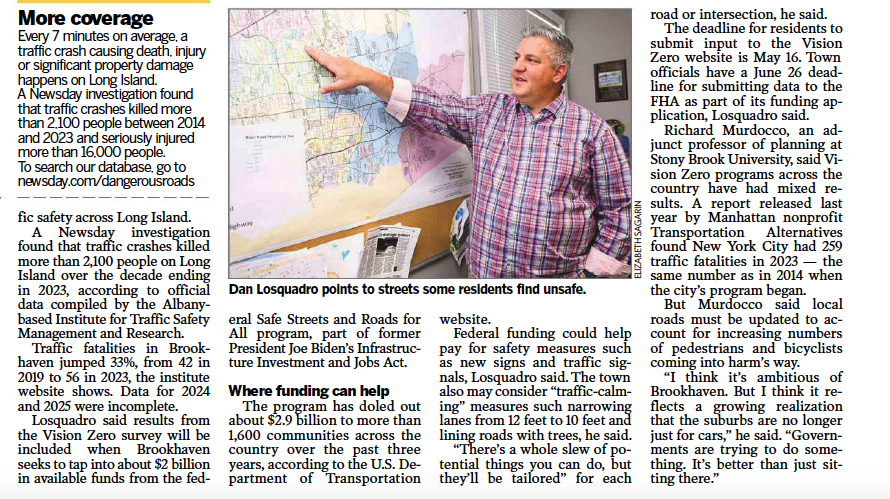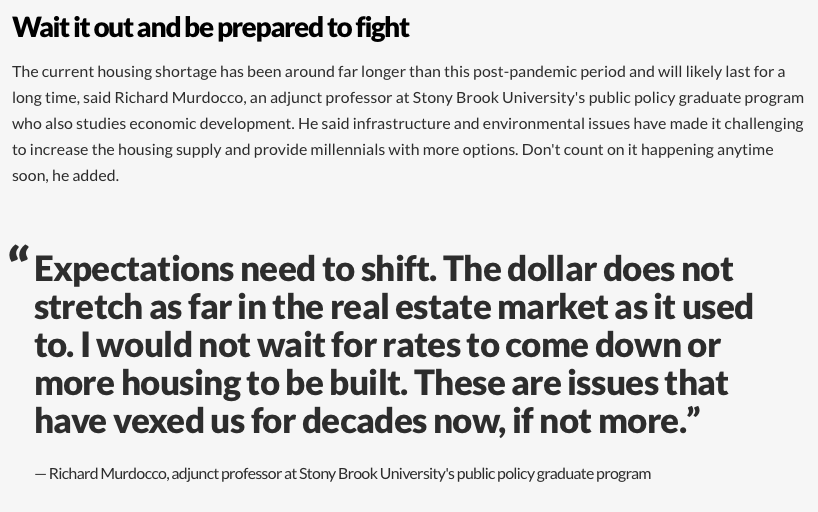The following is an open letter to Governor Andrew Cuomo, and the Long Island Water Quality Task Force. The letter will be submitted as a public comment at the third, and final public hearing on the region’s water quality at Suffolk Community College in Brentwood.
May 28, 2014
Good evening.
My name is Richard Murdocco. I have my BA from Fordham University in both Political Science and Urban Studies, and my MA in Public Policy from SUNY Stony Brook, where I studied land use and environmental planning with Dr. Lee Koppelman, Long Island’s veteran planner. I regularly write on land use issues, with my work appearing in Newsday, New York Magazine, LIBN and other regional media outlets.
I am speaking tonight in support of recent efforts to protect Long Island’s groundwater, and to make the appeal to further the implementation of comprehensive water protection policy. The multiple levels of Village, Town, County and State governments in the region are all responsible for tackling this complex and nuanced issue. Our region has 2.9 million residents who rely on our sole-source aquifer system for clean drinking water, and it’s critically important that we not only develop comprehensive solutions to our water woes, but implement long-lasting policies that protect this resource for future generations. Our aquifer transcends all geo-political borders, and our policies must reflect that.
Since 1978, when the federally-backed 208 study that analyzed Long Island’s aquifer system was issued, we’ve understood the connection between land use and water quality. It’s of the utmost importance that understanding of this linkage remains the core of our water protection strategy. Any water protection effort furthered by New York State will fail if the other layers of government on Long Island allow substantive developmental density increases without simultaneously preserving open space for recharge and upgrading wastewater infrastructure.
Sewering is important for the region, but it is not the be-all, end-all solution. The preservation of open space, paired with land use restrictions in sensitive recharge zones, are some of the most effective ways to protect our aquifer, with relatively low cost to residents. These approaches, paired with a thoughtful expansion of our sewer network, would help protect our aquifers for the future decades.
Through sound land use planning, and a utilization of the strong foundation created by the 1978 208 Study and the 1992 Special Groundwater Protection Area Plan, Long Islanders can preserve the integrity of this vital resource.
Richard Murdocco,
Founder, TheFoggiestIdea.org

